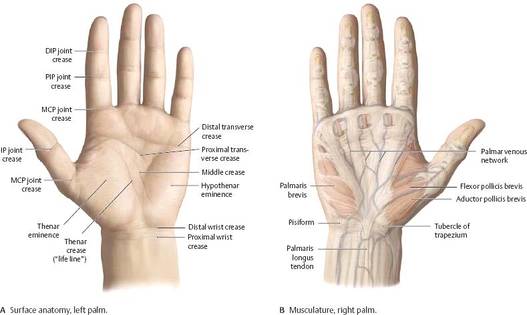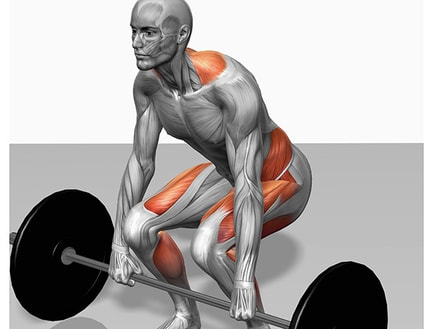Why are repeated measures critical for a valid FCE?
Repeated measures provide the necessary data to classify validity of effort. If you have one set of lifting attempts performed by an individual, how can you be certain that full effort was given? Doesn't comparing one set of lifts to another set of lifts make more sense when trying to determine if full effort was given, rather than trying to find a trend in one set of data? Of course it does.
Most FCE systems cannot determine if maximal effort was given because they don't gather enough data and are limited by subjective interference. The point here is that the basic premise of the former test approaches is flawed.
XRTS uses the client's effort compared to a repeated effort to determine if maximal effort was given. In practice, that means comparing one set of lifts to another set of lifts. Variation within an acceptable range indicates maximal effort was likely given. Variation greater that an acceptable range indicates maximal effort was likely not given.
Repeated measures provide the necessary data to classify validity of effort. If you have one set of lifting attempts performed by an individual, how can you be certain that full effort was given? Doesn't comparing one set of lifts to another set of lifts make more sense when trying to determine if full effort was given, rather than trying to find a trend in one set of data? Of course it does.
Most FCE systems cannot determine if maximal effort was given because they don't gather enough data and are limited by subjective interference. The point here is that the basic premise of the former test approaches is flawed.
XRTS uses the client's effort compared to a repeated effort to determine if maximal effort was given. In practice, that means comparing one set of lifts to another set of lifts. Variation within an acceptable range indicates maximal effort was likely given. Variation greater that an acceptable range indicates maximal effort was likely not given.






 RSS Feed
RSS Feed